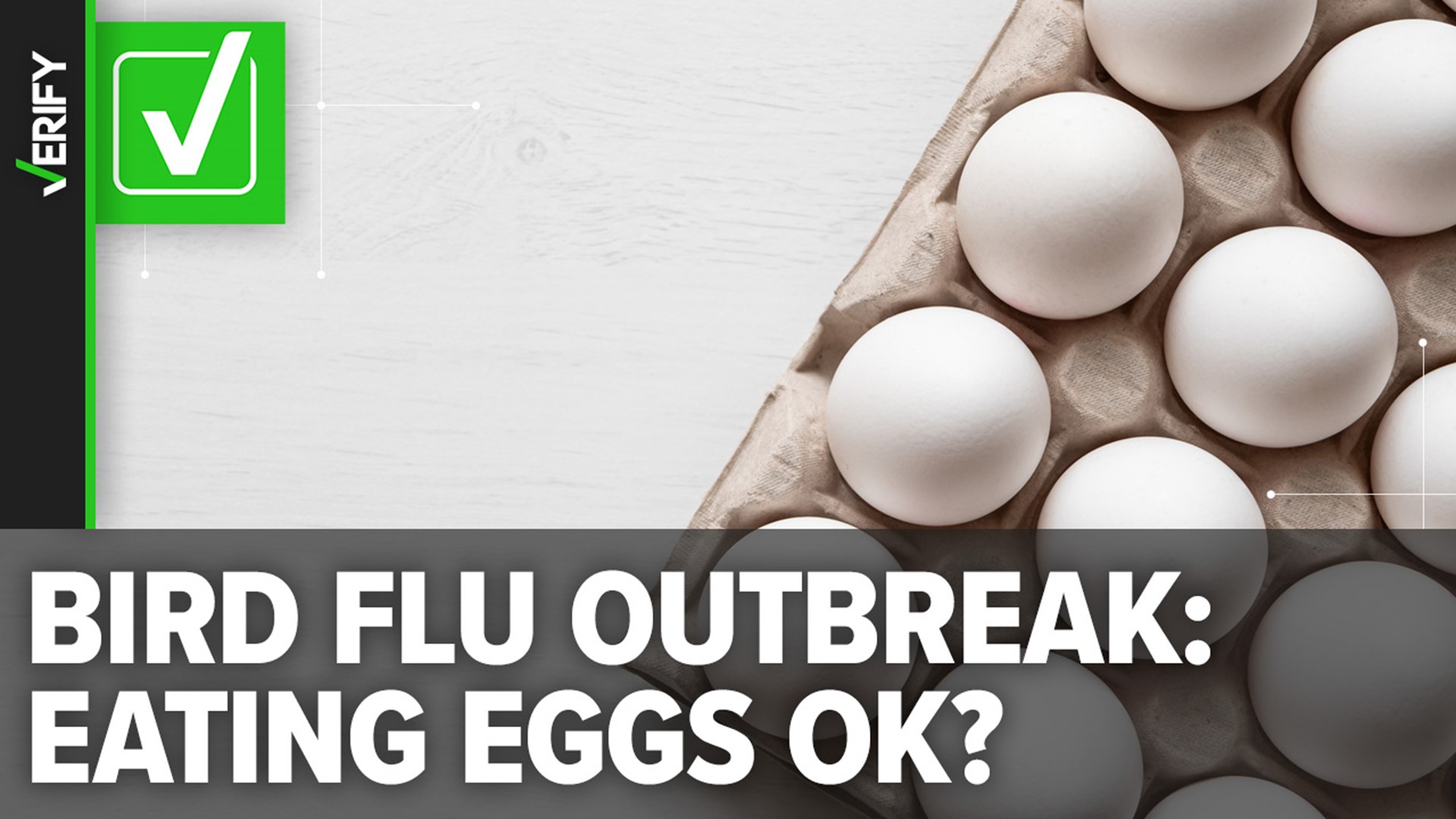 H5N1 Bird Flu Linked to Dairy Cow Outbreak
H5N1 Bird Flu Linked to Dairy Cow Outbreak
In a recent report published in the New England Journal of Medicine, Texas doctors have identified the only known human case of H5N1 Bird Flu linked to an ongoing outbreak in dairy cows. The case, which occurred in March 2024, involved an adult dairy farm worker who developed conjunctivitis, an inflammation of the conjunctiva in the eye.
The worker reported redness and discomfort in his right eye, but no respiratory symptoms or vision impairment. His examination revealed bloodshot and painful eyes, consistent with conjunctivitis. Interestingly, the man had no contact with sick or dead birds or other animals, but he was closely exposed to dairy cows that exhibited signs of illness similar to cows in other affected farms in northern Texas.
Although the worker wore gloves when working with the cows, he did not use eye or respiratory protection. Swabs taken from his eyes and nasal passages confirmed that he had contracted H5N1 Bird Flu. The strain was then determined to have the PB2 E627K mutation, which is associated with the adaptation of HPAI A(H5N1) viruses to mammalian hosts.
The man was treated with oseltamivir, a standard antiviral medication, for five days and instructed to isolate at home. Additionally, his neighbors were given the antiviral as a precautionary measure. Fortunately, the worker’s conjunctivitis resolved without any respiratory symptoms, and his household contacts remained healthy.
The researchers noted that the H5N1 strain found in this case did not exhibit any mutations that would render standard antivirals ineffective. This is good news for scientists developing avian influenza vaccines, as the vaccine-sensitive components of this particular strain are closely related to viruses that are already being studied for vaccine development.
It is important to note that there have been 36 herds across nine states in the US that have been infected with bird flu. However, there is no evidence of live virus in milk samples, as pasteurization is believed to kill the virus. Similarly, tests on ground beef have come back negative for the virus.
In conclusion, the case of H5N1 Bird Flu in the Texas dairy farm worker highlights the potential risk of human transmission from animals. The findings also provide valuable information for vaccine development and underscore the importance of proper protective measures when working with animals to prevent the spread of infectious diseases.

